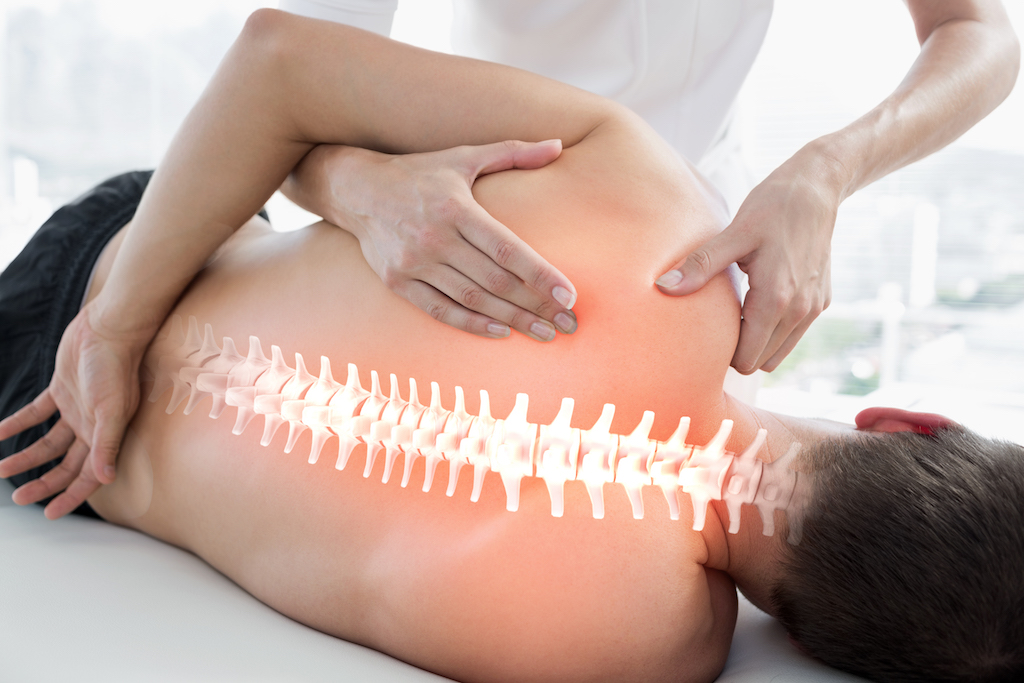Around 95% of people have headaches at some point in their lives, and almost one in two suffer from a severe headache at least once in a year. Most headaches can be treated with rest, water, and over-the-counter (OTC) medications like paracetamol and ibuprofen. However, some headaches require more in-depth treatment. One of the most effective treatments for many headaches is osteopathy.
Below, we will discuss some of the types of headaches for which osteopathic treatment may be effective.
Table of Contents
Types Of Headaches
There are more than 200 types of headaches, but three are by far the most common, making up more than 90% of all headaches.
Tension Type Headache
This is the most common type of headache and affects between 60% and 80% of people. These headaches are caused by stress in the brain and/or postural tension. These headaches are felt as a tightness or pressure on either side of the head.
Migraines
The second most common type of headache is a migraine. Migraines account for 15% of all headaches, but women are more likely to suffer from them than men. Migraines can be triggered by problems in the upper neck, but there are many causes. Migraines usually affect one side of the head and can cause problems with sight or sound. In severe cases, they can also cause stomach pain, nausea and vomiting.
Cervical Hypertension
Finally, Cervical Hypertension (CGH) occurs when pain radiates from a localized area in the neck to the head. Symptoms of a CGH usually appear on one side or the other of the neck, and can sometimes cause pain around the eye. A secondary headache (CGH) is caused by an underlying physical or neurological condition.

How Osteopathy Can Help With Headaches?
Most headaches have one thing in common. The pain is in your head, but the underlying biomechanical problem is somewhere else in your body. It could be a sudden injury or a build-up of bad posture, or it could be a combination of both.
Osteopaths work by palpating, manipulating, stretching and massaging joints to improve joint mobility and reduce muscle tension. By increasing blood and nerve flow to tissues, osteopaths help your body to heal itself.
It’s no wonder that osteopaths have been found to be effective in treating a wide range of headaches, particularly those with biomechanical causes or triggers. Paracetamol/ibuprofen can help relieve some symptoms, but osteopaths aim to address the root of the headache and fix the underlying problem.
How Will I Know If I Need An Osteopath?
If you’ve never been to an osteopath before, it can feel a bit intimidating. A consultation with an experienced osteopath will begin with questions to better understand you, your body and the headaches you’re experiencing.
Depending on what’s found, soft tissue massage may help to alleviate a build up of muscle tension. In some cases, osteopathic joint articulation can be used to encourage joint release and movement to help relieve referred headache pain.
If you’re having cervical headaches, the focal points are likely to be your mid-back and neck.
Your osteopath will also provide you with some help and advice on how to minimise the reoccurrence of your headaches. This may include simple exercises, advice on your posture or something similar.
As research into osteopathy shows, you should experience a decrease in the number and severity of your headaches. While a follow up is recommended, it is not always necessary.




